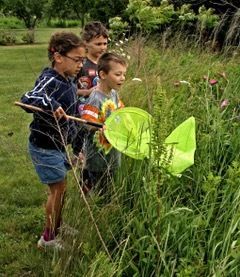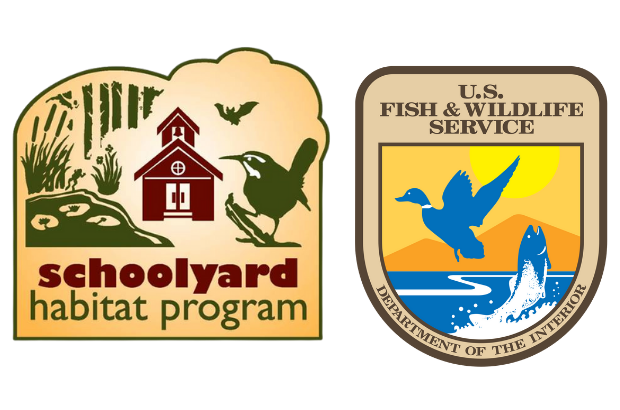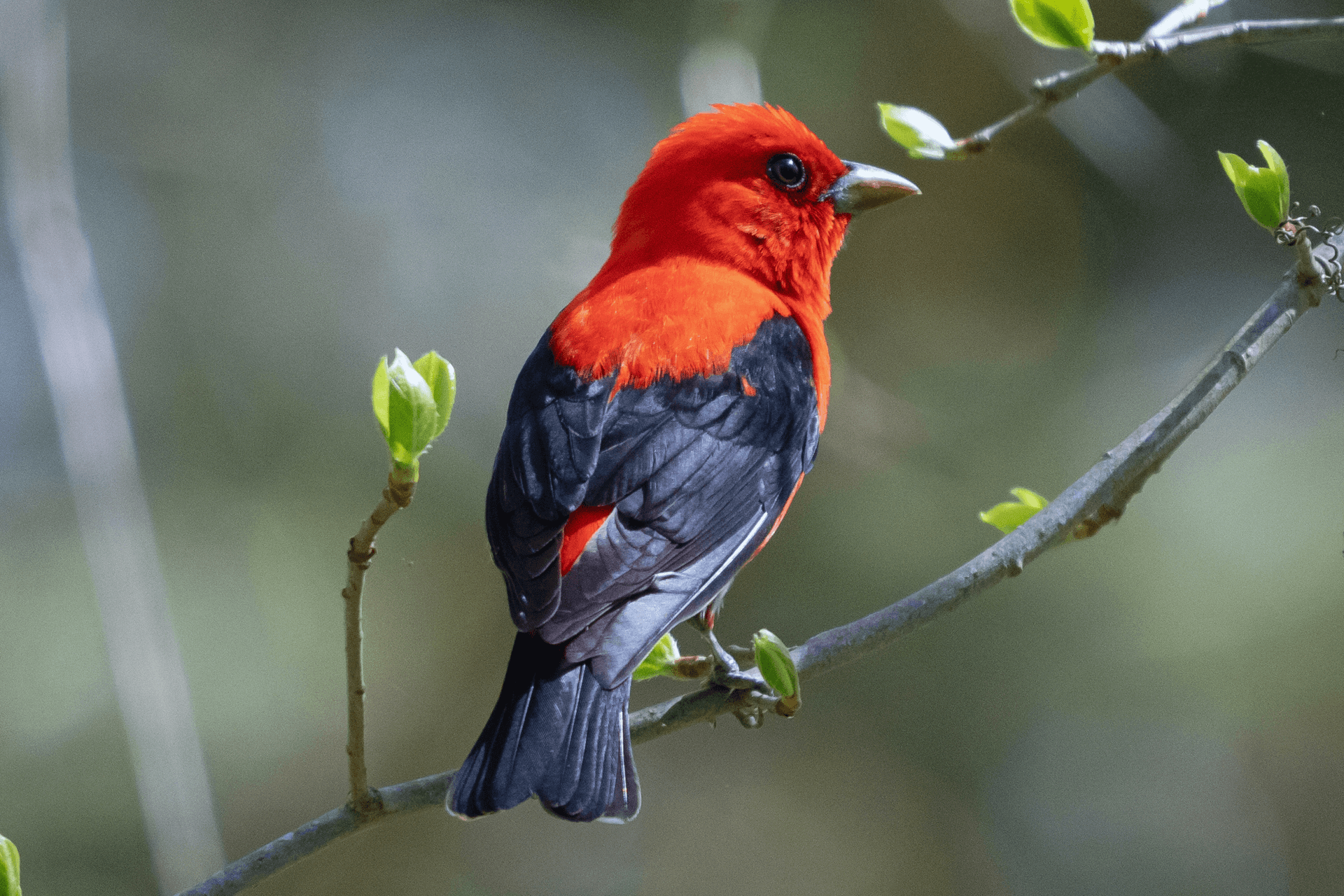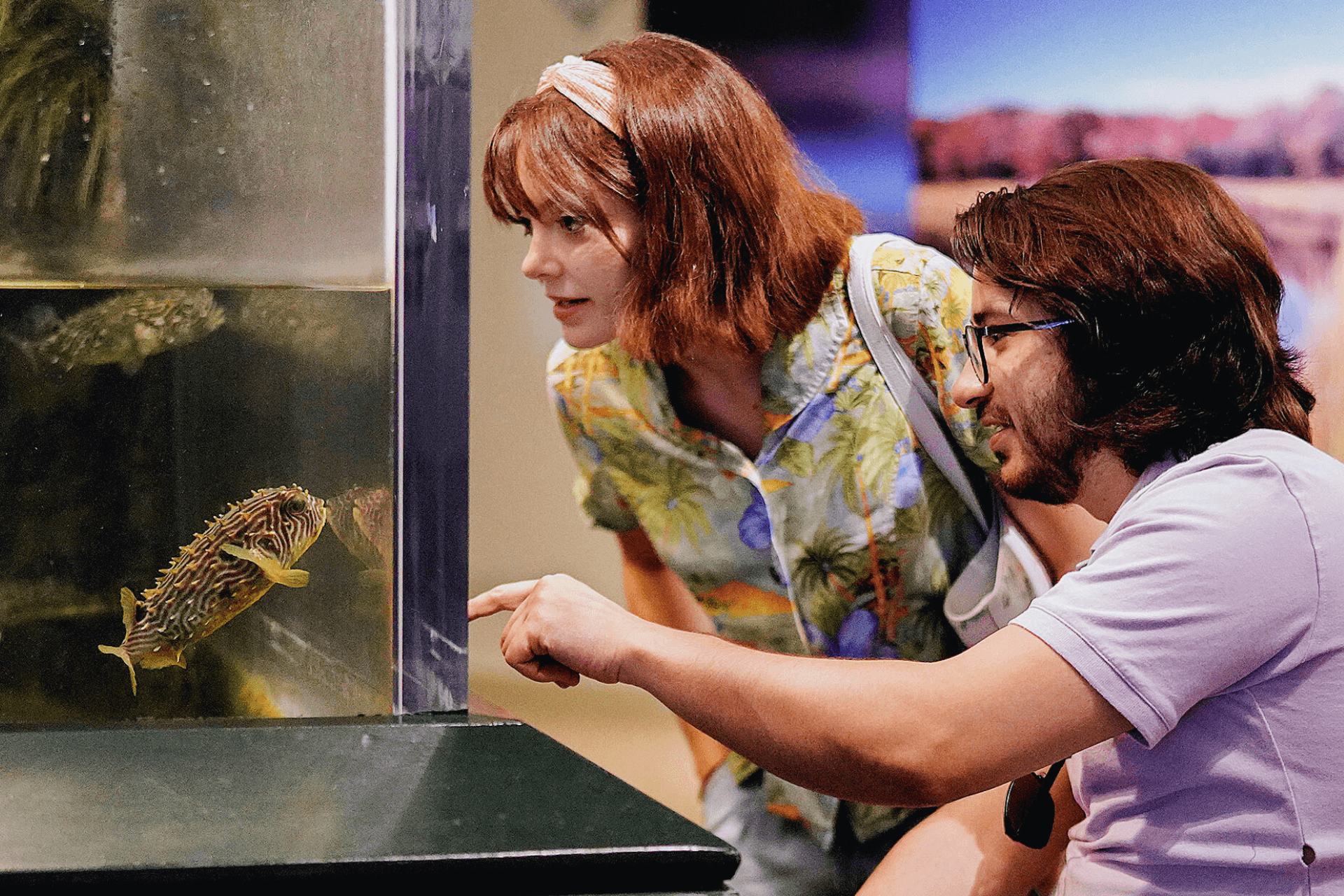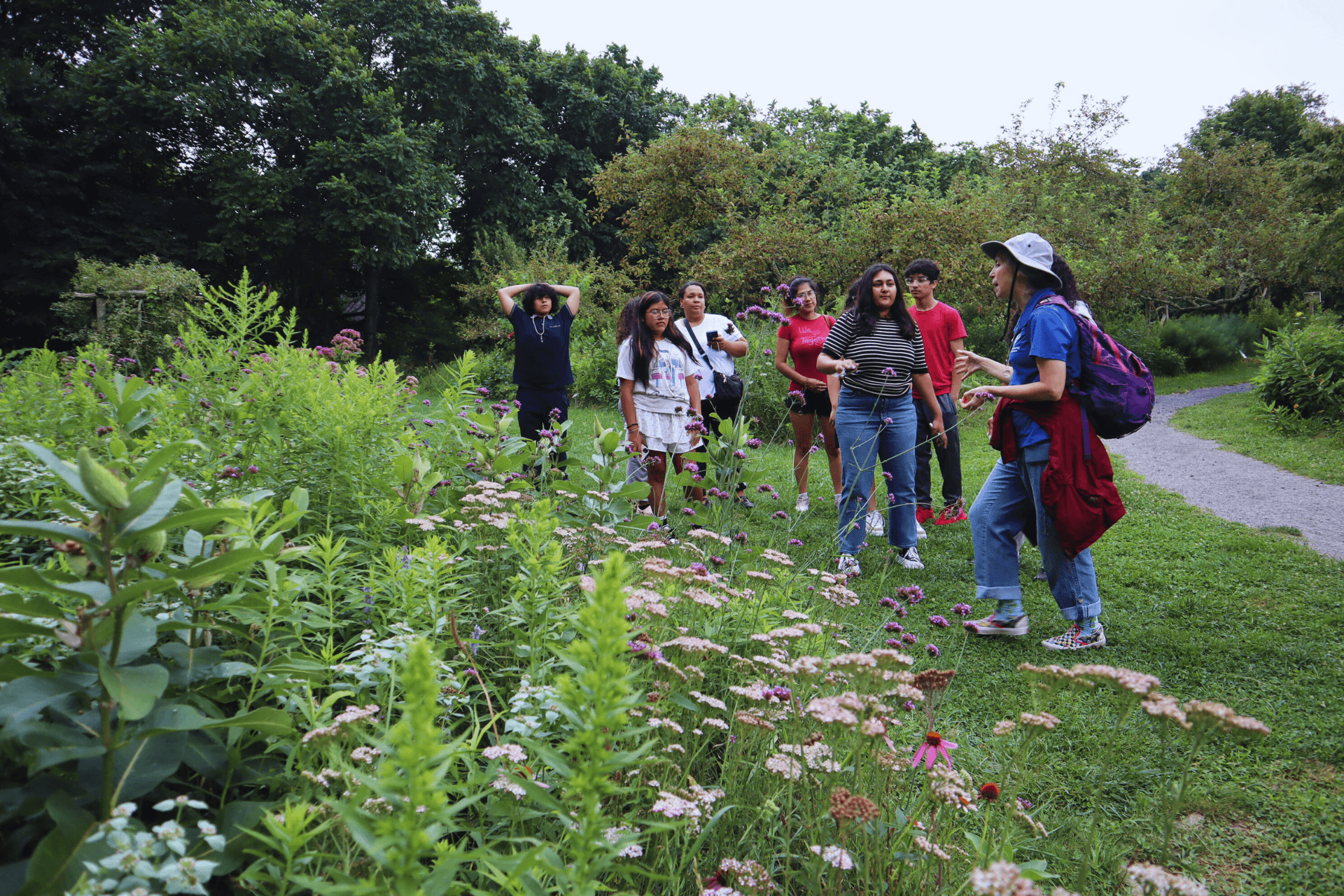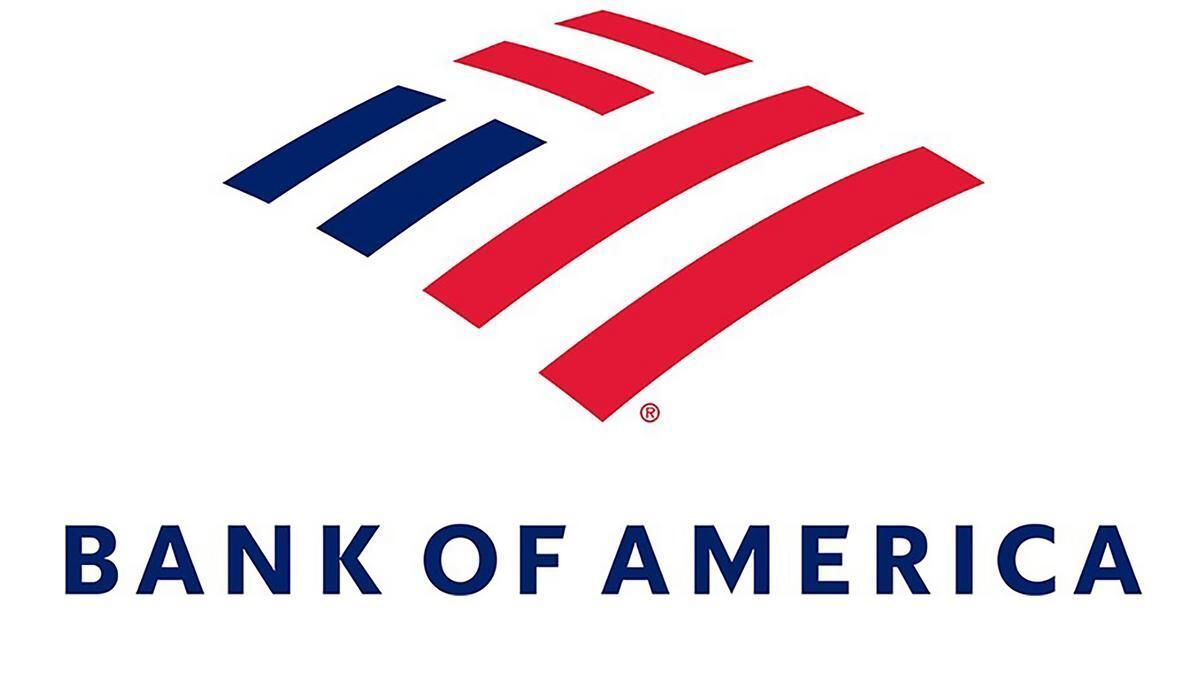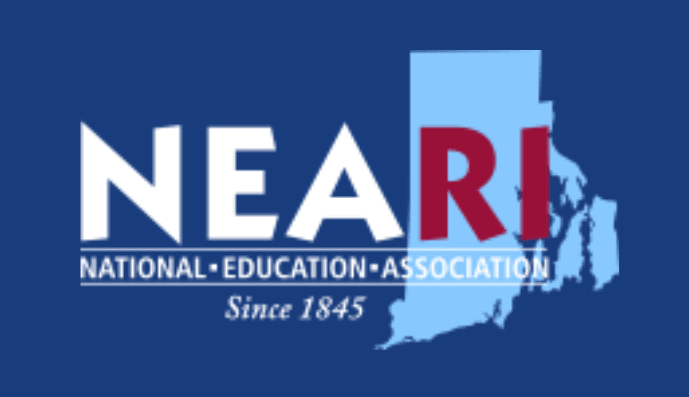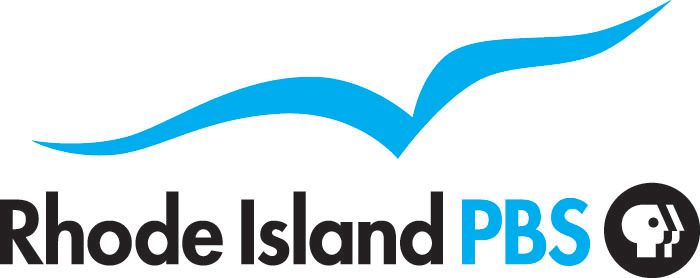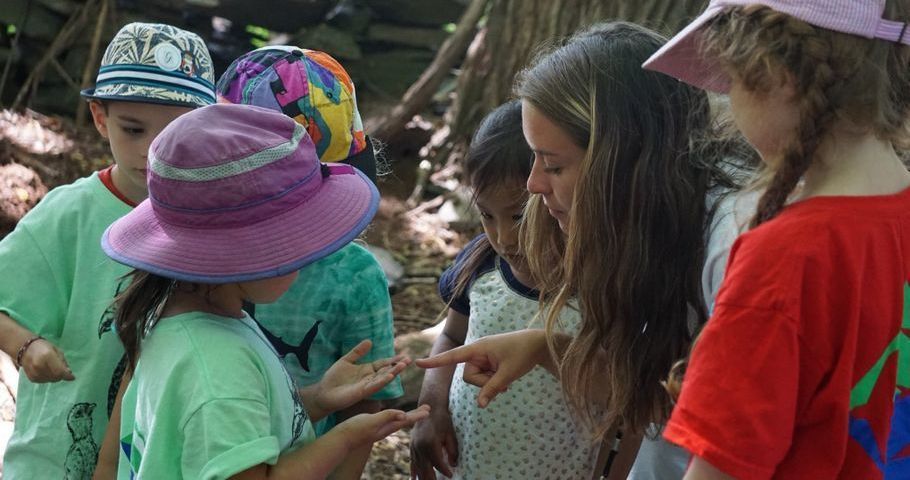
Published March 16, 2021
Introducing the Audubon Schoolyard Habitat Resource Guide
Audubon’s new Schoolyard Habitat Resource Guide provides educators in Rhode Island with age-appropriate interactive activities linked to core subjects, as well as tips for outdoor teaching and safety. It complements the national Schoolyard Habitat Program led by the U.S. Fish and Wildlife Service (Service). With the mission of getting students outside in nature, the national program helps schools create natural spaces on their grounds where students can observe, draw, write, think and question.
WHAT IS A SCHOOLYARD HABITAT?
A schoolyard habitat project restores native wildlife habitat on school grounds, and often includes an outdoor classroom with seating, tables and shade structures. Teachers and students plan, create and sustain habitat for wildlife and learn about the environment. Activities such as weather studies, wildlife observation, nature scavenger hunts, soil science, and data collection are all hands-on learning projects that support studies in science, math, language, art and physical education.
The new Audubon Schoolyard Habitat Resource Guide provides science investigations, activities, and nature explorations that encourage outdoor learning for students in grades K – 6. “Each activity page identifies objectives and the Next Generation Science Standards and Cross-curricular Connections pertaining to the nature investigation, project, or game,” explains Audubon Senior Director of Education Lauren Parmelee. “Helpful tips for teaching children outdoors and safety guidelines are included in the guide. Audubon also provides lists of science tools that are helpful for schoolyard investigations and of resources, including citizen science projects, field guides and children’s literature.”
WHY ARE SCHOOLYARD HABITATS SO BENEFICIAL FOR STUDENTS?
- Schoolyard habitats promote academic achievement through hands-on, experiential learning and by enhancing the cognitive and emotional processes important for learning.
- Natural areas promote child-directed free play that is imaginative, constructive, sensory-rich and cooperative.
- Access to nature through schoolyard habitats can enhance mental health and well-being. They promote social-emotional skill development.
- Schoolyard habitats promote physical activity by offering a variety of active play options that engage children of varying ages and fitness levels.
In Rhode Island, Audubon and the Service work with schools that have demonstrated readiness to create a schoolyard habitat and integrate the new outdoor teaching space into school curriculum. They have collaborated to bring funding and technical assistance to teachers, parents and after-school providers that promote and support the development of outdoor learning. Since 2016, when the partnership was established, Audubon and the Service have successfully collaborated with five schools across the state to develop schoolyard habitats, and are looking to expand the program.

